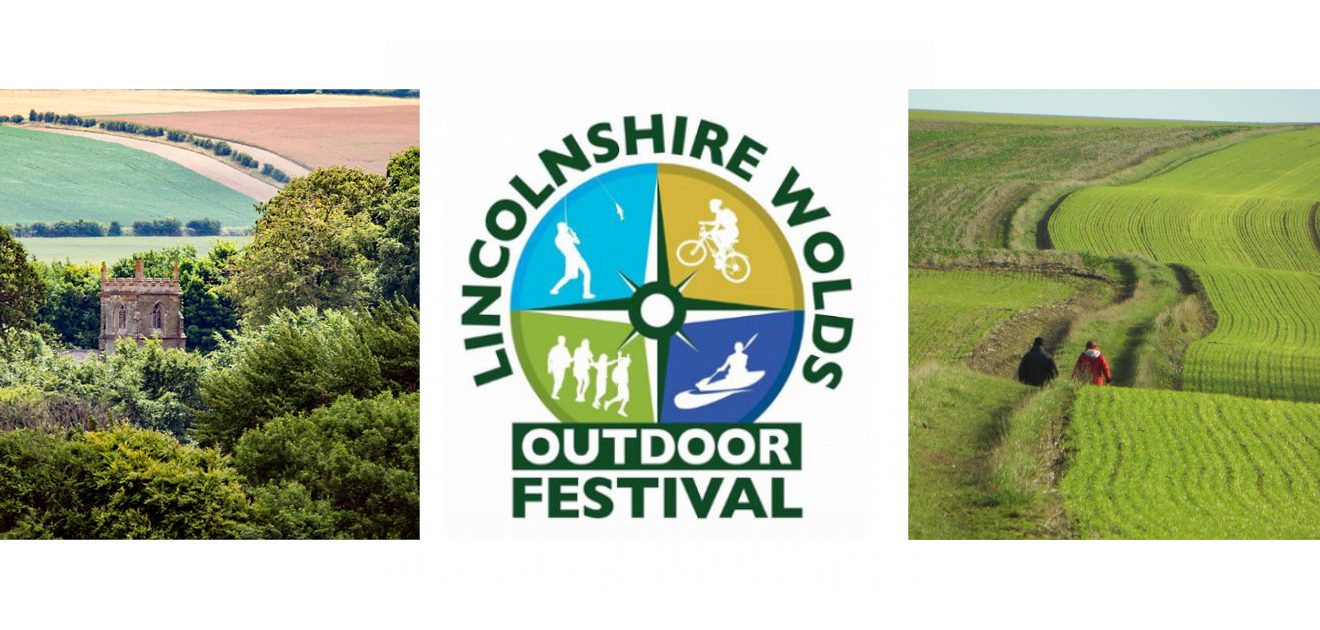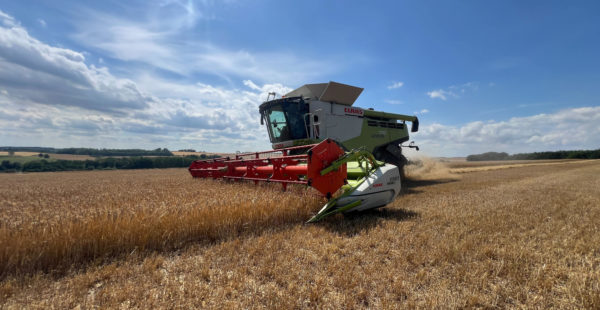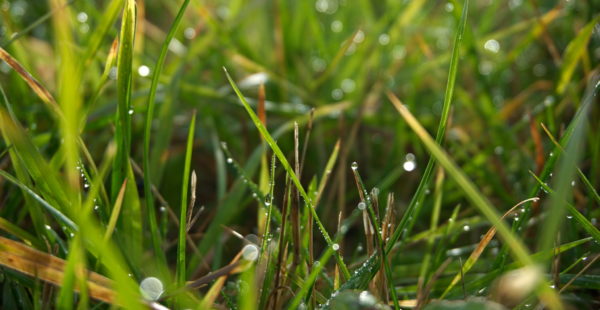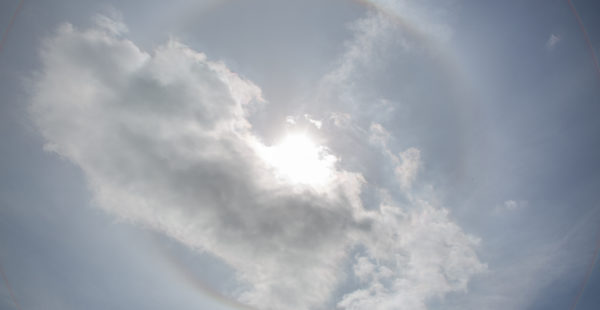50 Years of the Lincolnshire Wolds AONB: Ancient Heritage & Bright Future
The Lincolnshire Wolds Outdoor Festival is almost upon us and we’ll be taking the opportunity to celebrate a special anniversary. We know we’re blessed to live and work in the Lincolnshire Wolds and we’re by no means the first to appreciate its charms and wonders. Monday 17th April will mark the 50th anniversary of the Wolds being designated an Area of Outstanding Natural Beauty.
Nationally, Lincolnshire is known for its low-lying and level fens. Locals, however, know there’s a bit more to it than that. The 216 square miles of the Lincolnshire Wolds are defined by their rolling chalk hills, attractive topography and surprising, panoramic glimpses of swathes of countryside bounded by the Humber Estuary to the north, the North Sea to the east and the Wash to the south. Rising to a peak of 168m, ours is the highest ground between Kent and the Yorkshire Wolds.
Ancient sea life makes up the bones of our county, formed into limestone layers during the Cretaceous period between 66-million and 145-million years ago. Geologically speaking, our chalky strata rest upon earlier Jurassic strata, piled up into a scarp which rises near Barton-upon-Humber, peaks at Normanby-le-Wold between Caistor and Market Rasen, and runs south towards Spilsby where it loses its geological identity.
There’s plenty here to keep both serious hikers and geologists amused, but centuries of human and natural history have added their own chapters to our story. The Wolds lives up to its billing as Tennyson country, with rolling countryside bounded by market towns and villages which have retained their rural character. The Victorians and Edwardians left their mark on much of our architecture, and there are precious examples of older properties still in use, not least our own South Ormsby Hall, a grand country house whose origins date to the 17th century.






